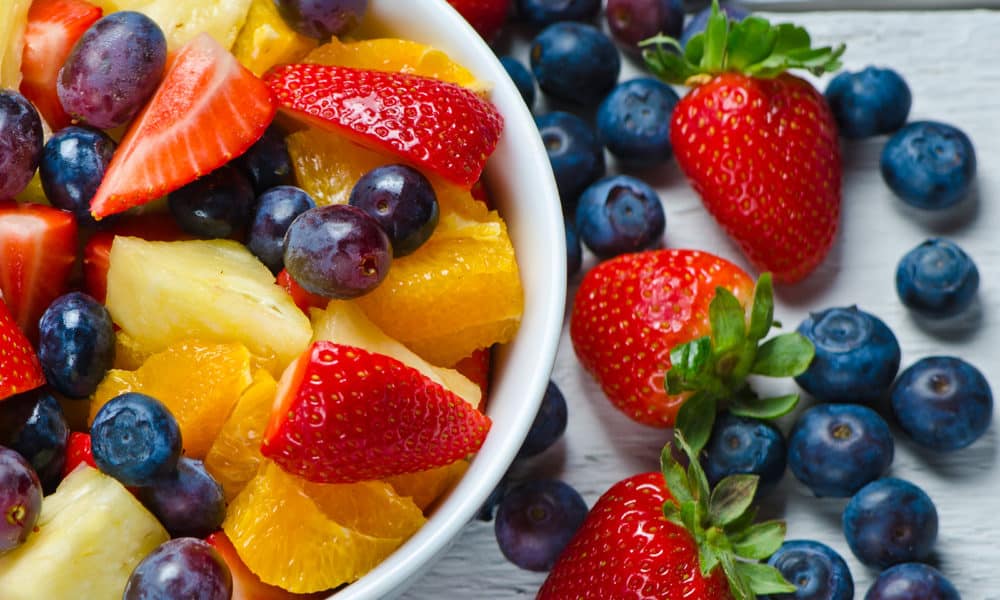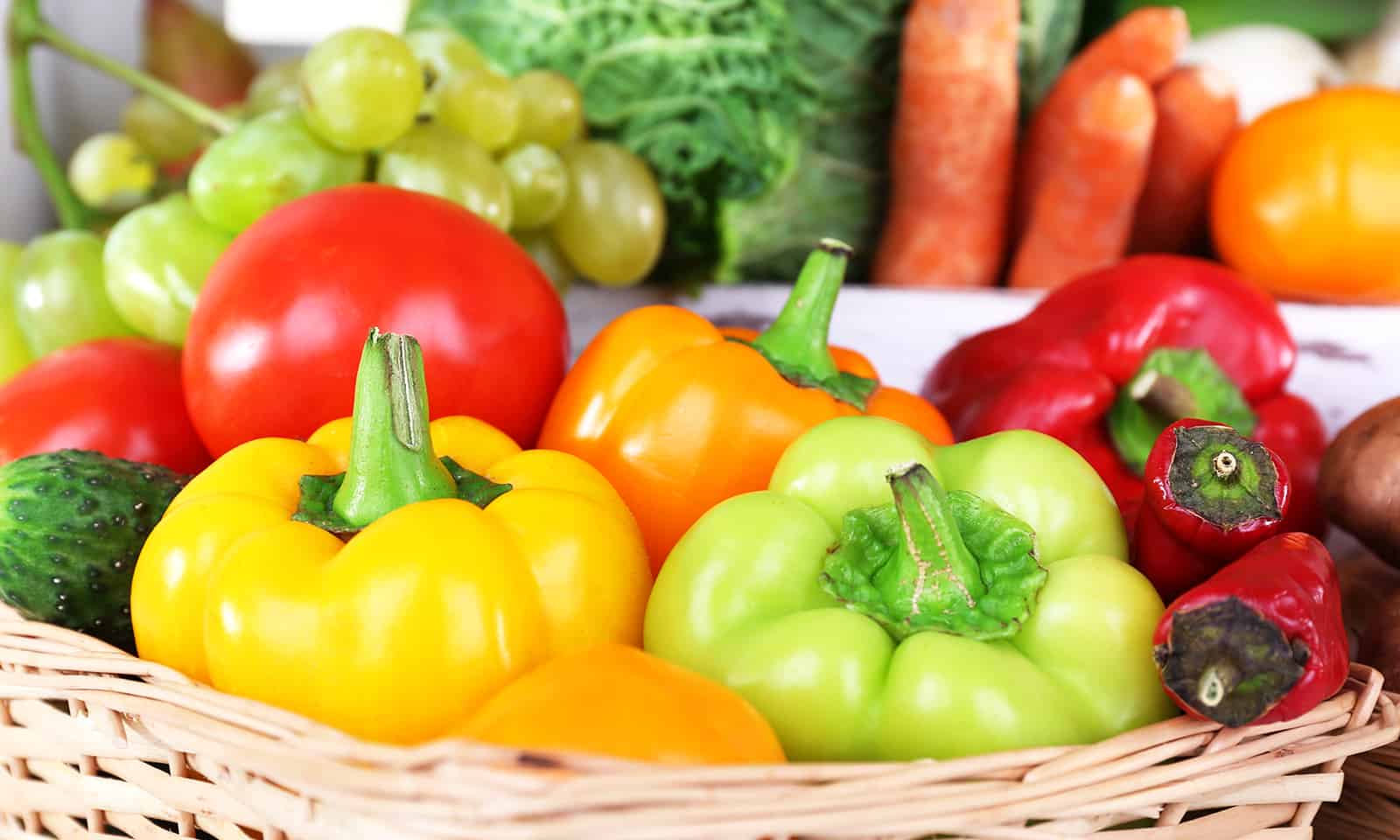

Frozen fruits and vegetables can offer several perks, like a long shelf-life. However, not all crops can thrive in ice or cold temperature. Some veggies may lose their nutrients, texture, and flavor. Don’t worry, this list about the best and worst frozen fruits and veggies can help you pick the right products.
THE BEST:
1. CORN
Typically, the manufacturers will blanch the corn kernels before freezing. The blanching process will not only help preserve the nutrients, but it can also boosts corn’s lutein and zeaxanthin contents. One of the functions of these carotenoids is protecting your eyes against vision loss. Moreover, frozen kernels still have their natural sweetness, which is lacking in canned varieties. But, you have to consume frozen corn kernels within six months to get the utmost nutrients and flavor.
2. BLUEBERRIES
Berries are among the most nutritious products in this list of best and worst frozen fruits and veggies. In fact, you can get more anthocyanins from frozen blueberries compared to its fresh counterpart. Basically, anthocyanins are antioxidants that can help fight inflammation, prevent premature aging, and boost your memory. However, fresh blueberries may offer more vitamins and minerals. Nonetheless, the flavor of frozen berries is still excellent, especially if you’re going to add them to your smoothie recipe. But, you have to make sure to consume these frozen fruits within three months to get the highest amounts of nutrients.
3. GREEN PEAS
Like corn, green peas retain its flavor and texture even when it’s frozen. But that’s not all. The freezing process can increase the amounts of antioxidants in this food. The best part, you can create a nutritious side dish in just a few minutes by sautéing frozen peas and corn.
4. EDAMAME
You can typically find edamame in the frozen section of your grocery stores. Fortunately, this immature soybean can provide numerous benefits even when it’s iced. In fact, you can get various nutrients from this tasty food, like proteins, fiber, iron, and different types of vitamin B. So, if you’re searching for a nourishing afternoon snack or post-workout food, all you need to do is steam or boil some frozen edamame and remove the beans from its pods.
5. SPINACH
Spinach is another nutritious food in this list of best and worst frozen fruits and veggies. Fresh produce, like spinach, will typically lose most of its vitamin C after four days. Fortunately, freezing can preserve this vitamin and the other nutrients found in this leafy green. In fact, frozen spinach is still a good plant source of calcium and iron. The best part is that you can use frozen spinach in a variety of recipes, such as lasagna and smoothies. However, keep in mind that the veggie’s folate contents may decline within three to six months.
THE WORST:
1. CARROTS
Carrots are probably one of the most common frozen veggies available in your grocery aisle, along with corn and peas. Nutritionally speaking, frozen carrots can provide high amounts of beta-carotene, an antioxidant that promotes healthy skin and vision. However, a downside you may experience when eating frozen carrots is its rubbery texture, which you may find unappetizing.
2. BROCCOLI
Finally, the last food in this list of best and worst frozen fruits and veggies is broccoli. Although the frozen version of this cruciferous vegetable can still offer nutrients, the freezing process reduces its sulforaphane contents. Remember, this healthful compound is responsible for most of the disease-fighting properties of broccoli. Nonetheless, there is a way to replenish this compound. Health experts recommend pairing frozen broccoli with a fresh sulforaphane rich food, like horseradish, arugula, or mustard. Aside from low amounts of sulforaphane, some people notice an unappealing odor when cooking frozen broccoli.
Overall, frozen fruits and veggies can provide various nutrients just like their fresh counterparts. Some products may even have more antioxidants. But, you have to opt for organic and “Grade A” products to guarantee quality. Lastly, consuming these products within their best before date will ensure that you’re getting the utmost nutrients and flavor.
YOU MIGHT ALSO LIKE:
The Best and Worst Foods for Acne-Prone Skin
























